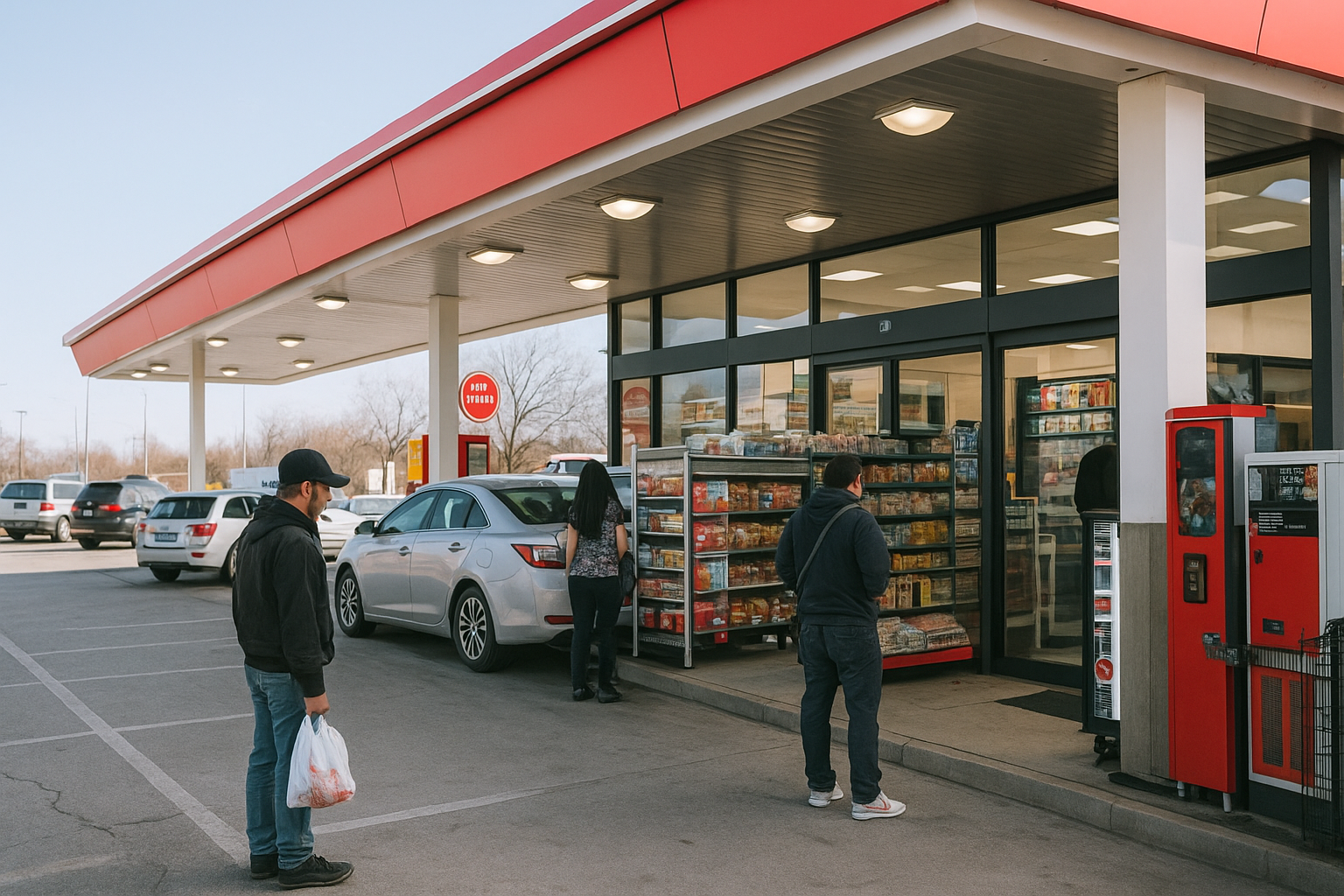Check out a sample reportUnlock Ticon's sales forecastExplore the sample reportRequest a DemoTwo developments illustrate the operating agenda facing convenience retailers right now. One chain is piloting a store format inside a master-planned, single-family community, where trips are tied to school runs and at-home routines. Another is rebranding at pace across states while keeping culture consistent so service does not drift as the footprint grows. Both moves raise the same question: how do you run with precision when traffic patterns, labor pressure, and merchandising needs are diverging by micro market and by daypart?
C-Site Insight turns these questions into measurable workflows. It provides year-round, site-specific traffic observations at the exact address of interest, not corridor averages, with hourly, daily, and seasonal breakdowns by direction. This is the operational backbone for workforce planning, inventory control, revenue management, and supply decisions in both suburban community stores and fast-scaling networks.
Why this matters for operations
Workforce planning and staff scheduling:
Ticon’s analysis shows store traffic fluctuates on three cycles: intraday, intraweek, and seasonal, with peaks that can last from 30 minutes to several hours. These variations are stable for a given site and unpredictable between sites, which is why localized analysis is essential. In parallel, nationwide survey figures summarized in Ticon’s staffing brief show that 60% of managers still build schedules in paper or spreadsheets, 87% report equal or higher stress during the holiday period, 69% cite staff shortages, and 40% of hourly employees say balancing work and family is their top concern. C-Site answers the “when and how much” side of the equation with:
• Hourly traffic by day of week for each travel direction that aligns staffing to real demand spikes rather than approximations
• Congested hours charts that identify month-by-month busy periods when median speeds drop, signaling higher stop propensity and queue risk
• Speed distribution profiles that expose drivers’ shopping versus transit behavior at that precise approach
Inventory and procurement planning:
The same intraday and monthly ADT views used for staffing also inform reorder points and on-hand targets. C-Site shows hours of maximum load and month-to-month volume, so operators can increase safety stock only where seasonality warrants it and reduce holding costs elsewhere. The report explicitly supports “optimum inventory level and optimum procurement schedule” decisions by tying them to measured vehicle flow at the site.
Operations and revenue control:
With C-Site, managers track potential customers per month and compare sales performance against the visitor base. This enables store-to-store benchmarking that is fair to managers operating under different traffic conditions. C-Site’s “visitor rate” approach combines traffic volume with driver behavior to estimate the share of passersby likely to stop, which is the practical bridge from mobility data to sales accountability.
Site-level merchandising and assortment:
In suburban community settings, quality of footfall often matters more than raw volume. C-Site differentiates local versus transit traffic and adds pedestrian demand estimates within polygons around the site. The platform reports immediate, adjoining, and surrounding accessibility zones, and in a documented example provides the consumer base context for a site with 40,310 people within a 15-minute accessibility radius. That type of evidence supports assortment tuned to household needs in amenity centers versus grab-and-go in multifamily hubs.
Supply chain and store networks:
For chains rebranding or entering new markets, uniform operating standards depend on uniform situational awareness. C-Site keeps the traffic baselines fresh for the twelve months prior to the reporting date and locates the measures exactly at each doorstep. This matters because relying on sparse counters or along-the-road averages can produce AADT estimation errors up to 150% when spatial coverage is low, while month-level undercoverage introduces errors up to 30%. Using verified, multi-source signals, C-Site reduces that noise so corporate policies for labor, inventory, and promotions scale without penalizing stores that sit on different traffic geometries.
Get a demoRequest a DemoExplore the sample reportExplore the sample report 

.jpg)

